Calabria is a gorgeous region: rich in history and traditions. Despite being the 15th largest Italian winemaking region, it is an important player in the Italian wine scene. Calabria has struggled to find its footing in the Italian wine market due to challenging times in the late 19th century. However, thanks to the quality of its local products and a growing demand, this region has eventually embraced the heritage of its wonderful wines.
Our Choices from Calabria
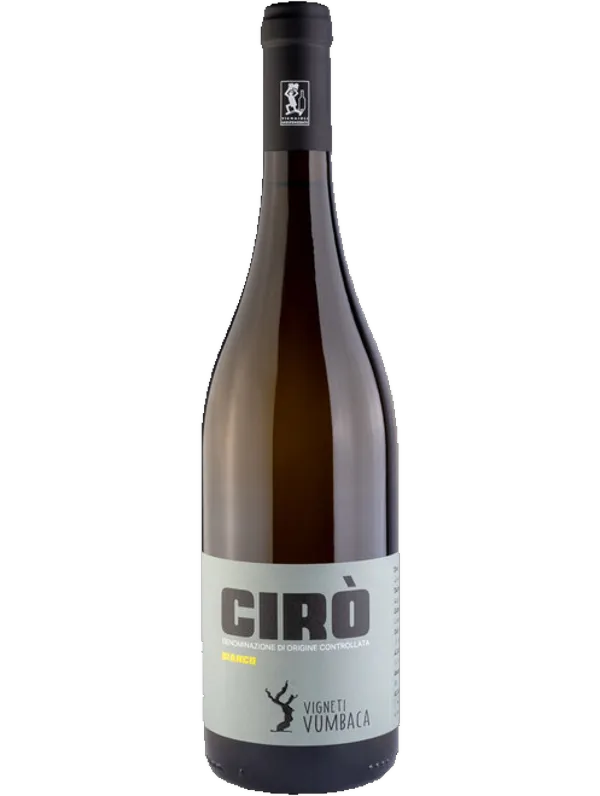
Cirò DOC Bianco Organic
Yellow-green hue, elegant. Dry, fresh, savory, balanced. Perfect for a well-thought-out food pairing. Organic and ideal for a sophisticated palate.
Read more
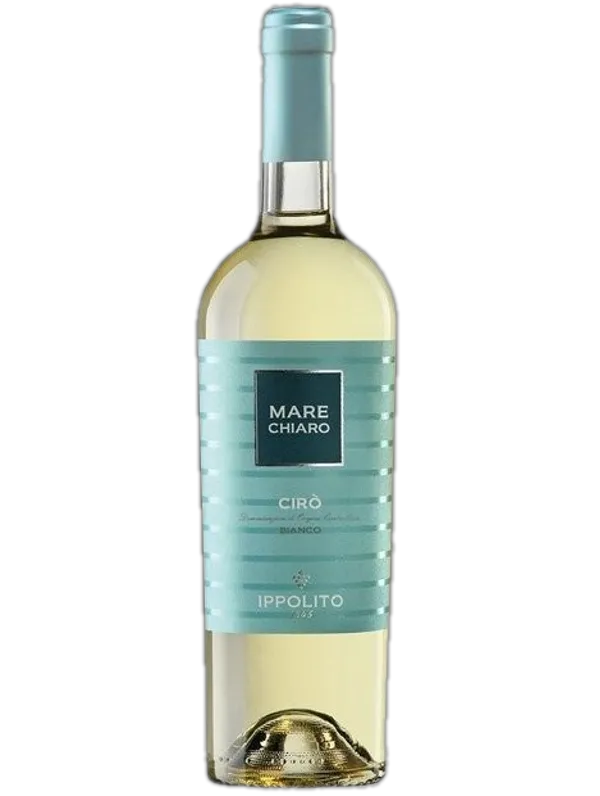
Ippolito 'Mare Chiaro', Ciro, Calabria 2022
Intense tropical fruit and floral notes, crisp and refreshing with a delicious saline finish, ideal with seafood
Read more
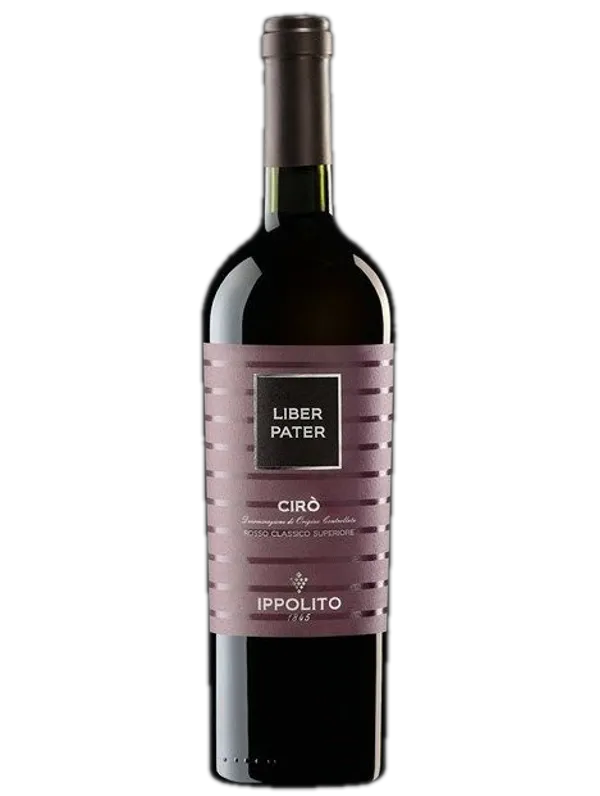
Ippolito 'Liber Pater', Ciro, Calabria 2022
Elegant full-bodied red, rich in wild berry and violet aromas, with a smooth oak finish
Read more
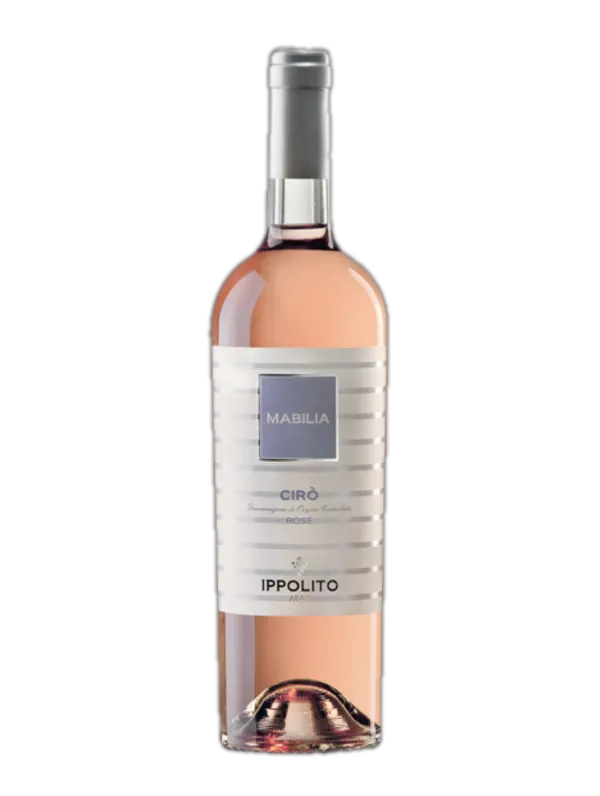
Ippolito Mabilia Cirò Rosé 2020
Delicate rose with sour cherry & rose aromas, fresh & persistent taste, perfect with main courses
Read more
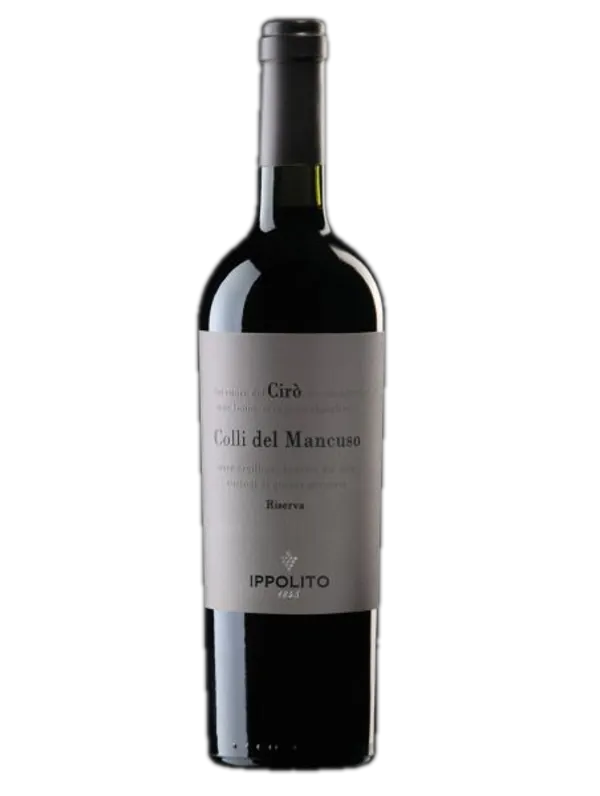
Ippolito Colli del Mancuso Cirò Classico Superiore Riserva 2018
Elegant ruby-red wine boasting cherry, plum, and subtle spice flavors, delicately tannic
Read more
Calabria's key Wine Areas
Greco di Bianco DOC
Produced with partially dried grapes, this is a dessert wine known for its amber colour. The wine is characterised by a juicy, rich and velvety texture with aromas reminiscent of orange blossoms, citrus fruits and notes of herbs.
Cirò DOC
The wines of the Cirò DOC appellation are produced in the eastern hills of the Sila plateau and on the Ionian coast. Cirò DOC is mainly known for its red wine, although a limited amount of white wines are produced from Greco Bianco and Trebbiano. This region is also famous for the Gaglioppo grape.
Lamezia DOC
Lamezia DOC wines are produced in the vineyards located south of Lamezia Terme, a town near the west coast of Calabria. The region produces red, white and rosé wines.
Melissa DOC
The municipality of Melissa is located only 10 kilometres from Cirò. The diurnal temperatures cause morning and afternoon breezes, which minimises the risk of disease and makes for an ideal climate for quality viticulture.
Food Parings
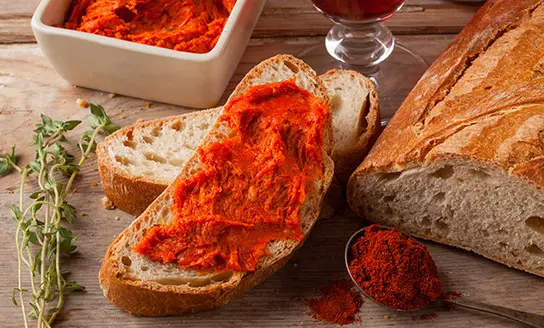
Starter: ‘Nduja with crostini
A spicy and spreadable pork sausage served on crunchy crostini but also works well with pastas and on pizza.
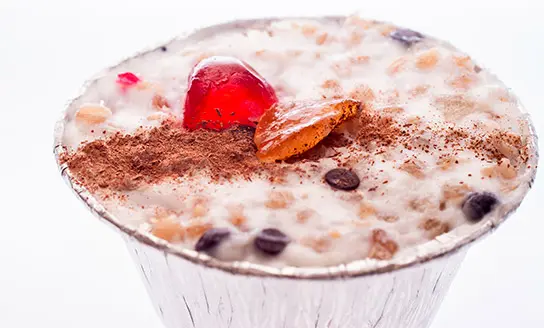
Main course: Cuccìa
A classic dish that takes about 3 days to prepare, based pork or goat meat. A sweet version is made with cinnamon and chocolate.
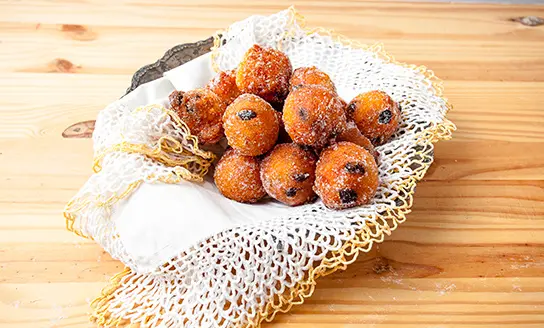
Main course: Frittole
Made with the leftover pork meat from the preparation of cured meats, which is boiled for 5 hours.
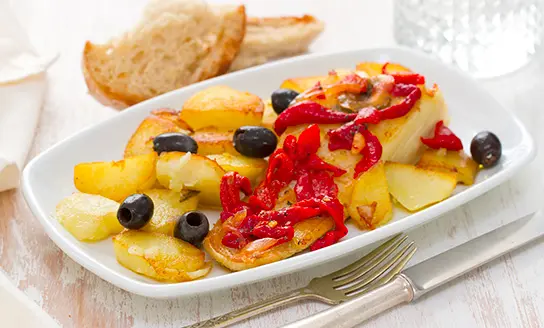
Main course: Baccalà alla cosentina
Cod dish which is prepared with potatoes, black olives, peppers, tomato sauce, bay leaf, parsley, salt and pepper.

Dessert: Zippuli
A doughnut made with sugar, honey and raisins
Calabrian cuisine is historically of peasant origin. However, it is very extremely varied since it changes significantly between the regional areas. Calabria is situated between the coast and mountains and is famous for its chilli peppers. It is also where spaghetti “aglio e olio” was invented; a famous yet simple recipe with garlic, oil and chili pepper.
Another famous ingredient of Calabrian cuisine is the red onion of Tropea: sweet and crunchy, it offers its best when raw, especially in a tomato salad, dressed with an excellent local olive oil.
FAQS
What wine is Calabria known for?
Calabria is known for its white wines which makes up about 80% of production). Greco Bianco is one of the most famous Calabrian white varieties. The wines of Cirò are also popular, the best are complex with ripe fruit flavours.
What grapes are grown in Calabria?
The most widely planted red grapes are Gaglioppo, Nerello Mascalese, Nerello Cappuccio and Greco Nero; the latter represents about 80% of red production. Popular wine grapes include Greco Bianco, Trebbiano Toscano, Montonico and Guernaccia.
What is distinctive about Calabria’s wines?
This region is characterised by a very particular terroir with vineyards planted up to 800 meters above sea level. The white wines based on Greco Bianco and Guarnaccia are elegant and fragrant. Moscato di Saracena is a sweet wine with toasted scents, produced with dried Moscatello grapes and concentrated must of Guarnaccia and Malvasia grapes.
Which is the best time to visit Calabria?
The months between April and September are the best to visit Calabria, as there is less chance of rain and the temperatures are warmer. Calabria has always been a popular tourist destination for Italians but has only globally gained recognition in the last 5 to 10 years. Places like Tropea offer wonderful beaches, among the best in Italy.
What is unique about Calabria compared to other parts of Italy?
Calabria is characterised by the diversity of landscapes and the proximity of the mountains to the sea. In just an hour, you can go from 300 to 1000 meters in altitude and from one coast to another.
Want to know it all?
Calabria: region in a nutshell
Total vineyard area:
11,000 hectares (20% red wines, 80% white wines)Number of producers:
9,000Total wine production per year:
8.9 million hectolitresNumber of DOCGs:
0Number of DOCs:
9
Calabria’s Wine History
The ancient Greeks named Calabria Enotria, which means "land of wine". The first viticulture documentation dates back to around the year 1000, a sign that wine played an important part in the ancient Calabrian economy, along with fishing and trade.
At the end of the 1600s, Calabrian vineyards spanned over 1000 hectares, until, at the end of the 19th century, the phylloxera attacks led to almost complete destruction of the vineyards.
Calabria supplied wines to both Italy and foreign country for many years and were popular for their intense colour and high alcohol contents. Today, thanks to the strength and resourcefulness of its producers, Calabria’s wine industry is quickly catching up to other regions’ standards.
Calabria’s Viticulture
The main wine-growing areas in Calabria are Cosentino, Lametino, Cirotano and Locride.
Calabria is a region particularly rich in native wines. In Calabria, mainly black grape varieties are cultivated, among which the most famous and widely spread are Gaglioppo, Magliocco Canino, Nerello Mascalese, Nerello Cappuccio and Greco Nero.
Calabrese (Nero d'Avola) is one of the most popular grape varieties in the region, accounting for around 80% of the total black grape production. Popular Calabrian white grape varieties are Greco Bianco, Trebbiano Toscano, Montonico and Guernaccia.
Calabria’s Top Wineries To Visit
La Pizzuta del Principe
The Ranieri family have managed this winery since the early years of the last century. Their 100 hectares are located in an area that has a long grape growing history.
La Peschiera
The La Peschiera farm, owned by the Bombini Gallo family, enjoys a very favourable geographical position. It is located in the valley of the Esaro river, in the Ionian hinterland, which is surrounded by hills, near the Pollino mountain range.
Cantine Viola
Luigi Viola is a retired primary school teacher who turned to wine. Over time, his winery has expanded its range of products, always focusing on authenticity and elegance of native grapes such as Magliocco dolce, Guarnaccia, Malvasia and Mantonico.
Best white wine grapes from Calabria
Cirò Bianco:
Produced in the Crotone province with Greco grape (90%) and Trebbiano Toscano (10%).
Greco di Bianco DOC:
The most interesting dessert wine produced in this region made with dried grapes.
Montonico:
Fresh on the palate and with fruity and spicy notes on the nose.
Guarnaccia:
This grape has floral, fruity, herbaceous and mineral aromas. An intense and full-bodied wine.
Best red wine grapes from Calabria
Gaglioppo:
Flavours of ripe red fruit and cherries with floral aromas of violet and spicy liquorice.
Magliocco Canino:
An intense ruby red coloured wine. On the palate it is fruity and elegant.
Greco Nero:
A ruby red, transparent wine with spicy red fruit flavours.
Calabrese:
The most famous native variety in Calabria. It is intense, warm, fruity and spicy.
